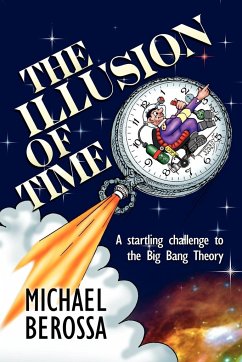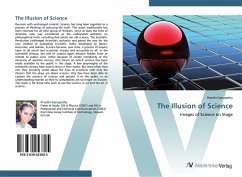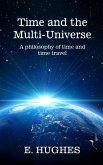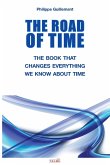Could the Big Bang Theory be flawed? Berossa's Illusion of Time is driven by the question of why gravity affects time. In a model that shows the rate of time evolving with the age of an atom, the author shows that purely physical changes in atoms will account for red shifts seen in distant cosmological objects. This is based simply on differences between clock rates then and now, and such red shifts are virtually indistinguishable from those associated with galaxies receding in bulk flows in a Doppler expansion. In short, Berossa's thesis suggests that "Doppler velocities" of galaxies found in the Big Bang Theory may be largely an illusion. Berossa's extended thought-experiment also produces an elegant explanation of how the atom might work. It eliminates the need for the atomic strong and weak forces to explain how naturally repelling particles co-exist within atoms. Time and gravity are linked fundamentally to light and mass. He offers the reader an intellectual ride through the realm of physics that is not for the faint-hearted.








